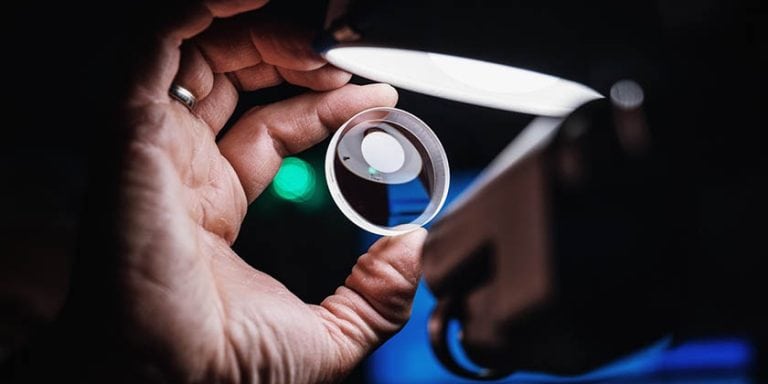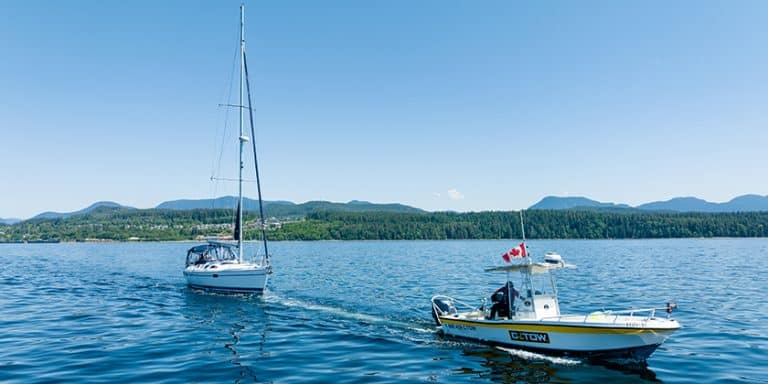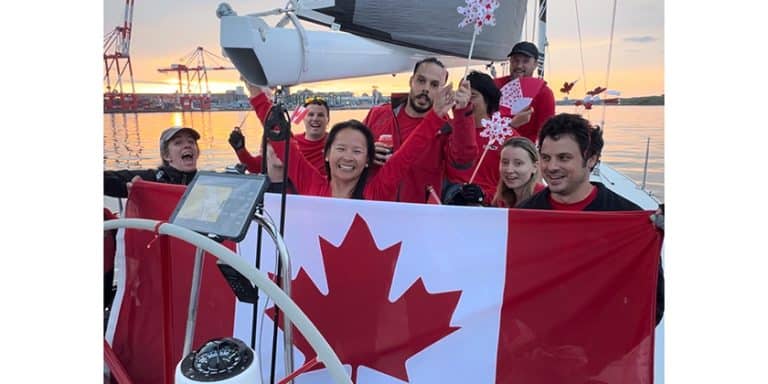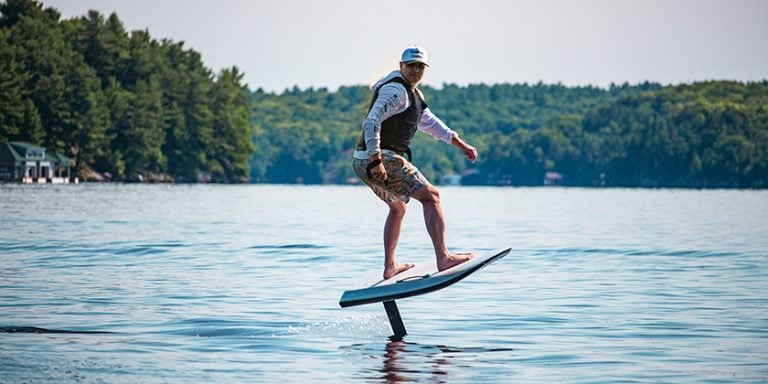Special Section – Marine Electronics 2013
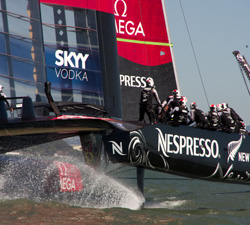
By Andy Adams – Editor
Something For Everybody
Do you remember the car phones of the mid to late 1980s? A mere 25 years ago, your car phone was bolted onto the dashboard, the handset was as big as the one on your home telephone and it was attached with a thick coiled cord that got caught on the gear shift and wrapped around your neck every time you went around a corner. But wow! That little black antenna on your back window proclaimed to the world that you were a techno-leader!
Today, the latest smart phones are GPS enabled, allow you to download cartography to find your way anywhere on the planet while simultaneously playing your favourite music, carrying on business by sending and receiving e-mail and shooting video of your life’s experiences as you go. Who would have imagined?!
That’s how I feel about the report Alex Gadamer has sent in to us from his time in San Francisco on the press boats at the 2013 America’s Cup races. The technology onboard the boats, commanded by the sailors onboard and linked through to the race officials, onshore video displays and probably much more, is so advanced from anything that we had previously seen, that it’s hard to express.
The 2013 America’s Cup was a two boat race and the New Zealand boat had gained what many people would’ve thought was an insurmountable lead in the series, but the American boat, Oracle, began fine-tuning their performance through the available electronic technologies, learning more and gaining more with every race to finally stage what is perhaps one of the greatest comebacks in sports history.
At Canadian Yachting magazine, our own CEO, John Kerr, sailing with the legendary Hans Fogh and Steve Calder won medals in the 1984 Olympics in Los Angeles [and no doubt all three of them would have had car phones at the time] so we asked John to give us his impressions of this latest America’s Cup and the game changing technologies behind it.
Here’s what he told us.
The epiphany about just how much sailboat racing had changed, came to me when my son called me while watching Sail-World’s streaming live coverage on his computer. Immediately I took his lead and was on line in seconds. We chatted though the ensuing two races watching sail flow, current lines, judge’s rulings , tactics, and all the while, listening to the onboard chatter we are used to when we race our Etchells. Alongside us that day were 45,000 others online experiencing just what we were experiencing and the sport had finally come to life after so many mis-starts and valiant attempts to bring the sport of sailing to mass viewership.
Can high-end international sailing and racing ever go back to the “old days”?
This edition of the Americas Cup has done more for the sport of boating than any of us can imagine today. While some may see it as a specialized niche of the sport, the scope and scale allowed a tremendous reinvestment in the way yacht Racing will be covered in future, demystifying sailboat racing to such an extent that I sense the sales of next year’s AC video game will be high. Gary Jobson the America’s Cup veteran said it best when he commented that his Twitter account was getting a constant buzz around sailing being “so cool”. A naysayer at the outset, I am a huge fan today, especially if we can lever the technology of broadcast and communication across the strict one design and Olympic communities.
Does Racing really improve the breed?
The art and science of sailboat racing was so well demonstrated by the recent America’s Cup that I sense too, that it will help the sport reach a whole new group of sailors while taking many to higher levels through a solid and practical approach to demonstrating tactics and positioning so well. From current lines to wind shifts, from starting tactics to the basic rule descriptions, the coverage we witnessed and the event itself has the potential of building the sport at the grass roots once again. My sincere hope is that when the sport reunites in Rio for 2016, much of the technical expertise used to cover the AC event gets embedded in all the classes of racing. Racing itself is a great test that causes anyone to understand their boat and its numerous facets so much better and in the end, makes anyone a better boater as the respect for what a boat does in various conditions is inbred.
Time will tell but we suspect that the 2013 America’s Cup will be seen as the watershed moment in sailing and racing for the future.
John Kerr – CEO Canadian Yachting

